Podgorica: description, attractions, travel and accommodation
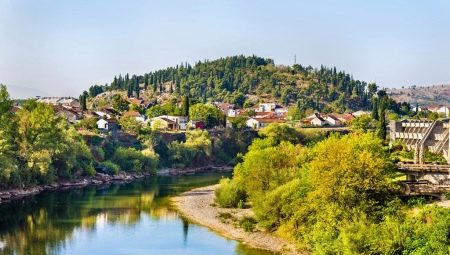
Podgorica, the largest city and national capital of Montenegro, is located at the confluence of the Moraca and Ribnica rivers in the southeastern side of the country. The settlement is the official cultural and commercial center and is considered the main city of the country, as well as its administrative and economic center.
Description
Podgorica has a population of about 170,000 inhabitants. The main university of the country and other higher educational institutions are located on its territory. The city is located at the intersection of numerous historically significant routes in the Sakadar Lake Valley, close to the Adriatic Sea. There is not only a favorable climate here, but also fertile soils, therefore fruits and vegetables are distinguished by their high ecological purity.
The main feature of the settlement is the richness of water bodies. The city is located on a plain to the north, unlike other cities in Montenegro. Podgorica is filled with modern architectural buildings that can be found on almost every corner. It is difficult not to notice a large number of green spaces and parks here. There is also the Embassy of the Russian Federation.

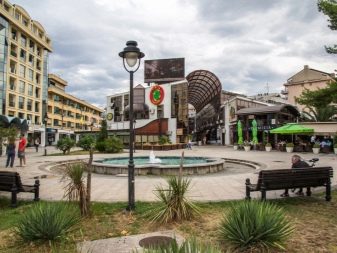
From the city you can go to Cetinje, the distance between settlements is only 36 kilometers, and the cost of the trip is within 200 rubles. The bus takes about an hour on the way. The city has a key location, it is only 9 kilometers from the International Airport, on its territory there are also railway and bus stations located close to each other.
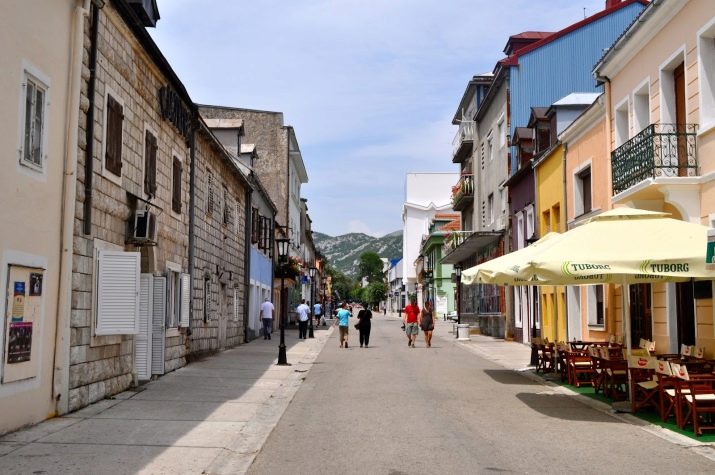
Podgorica offers visitors excellent beaches for relaxation and attractions. There are well-developed transport links, there are both affordable and expensive hotels, and a lively nightlife.On the territory of the settlement, such major cultural events are held as Crnogorsko Narodno, Dodest and Gradsko. One of the main attractions is monastery Ostrog, which is nearby.

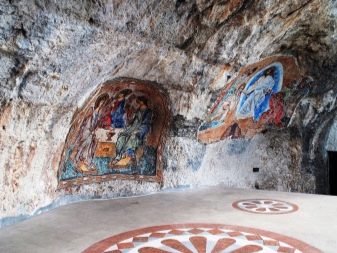
Along with with the National Theater of MontenegroConsidered the most important theater in the entire country, there are numerous art galleries and museums.
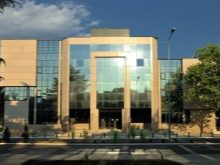
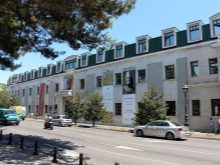

Podgorica offers a large number of restaurants, bars, cafes, pubs and wine establishments with live music. The city serves delicious Montenegrin cuisine that can be divided into Mediterranean and continental delights.
In terms of the weather, the best time to visit Podgorica is the spring and autumn seasons, as in summer it is very dry and hot, and the village itself is usually overcrowded with tourists. Winter can also be a good time to visit as there are big discounts on last year's collections in local stores.

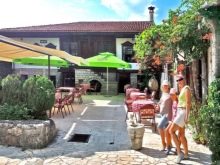
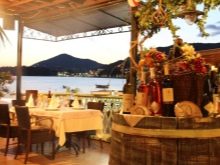
Climate features
In Podgorica, the weather is Mediterranean - with dry, warm summers and cool, mild winters. The Adriatic Sea is very influential as it is about 50 km away and the proximity of the Dinaric Alps to the north also contributes to a unique climate. The average annual temperature in the city is 16.4 ° C. It is worth taking into account the lack of precipitation for 260 days. Rains are more typical in late autumn.
The temperature changes gradually over the months, and there are rarely sharp jumps on the thermometer. In January, February and March, the indicators change from 6 to 16 ° С. In spring and until the end of May, the temperature rises to 20 ° C.
In summer it can be quite hot, about 37 ° C, and by the beginning of autumn the heat begins to gradually subside, so this period is especially popular with tourists.
On the coast, on average, from September to November, 20-22 ° С, the water temperature in the sea is 24-25 ° С.
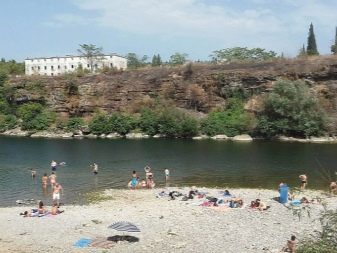
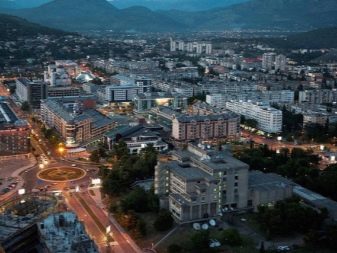
Days a year with precipitation and strong winds of about 60 m / s. Snow is an almost unknown phenomenon in Podgorica, observed no more than a few days a year. The relative humidity is 59.6%, and the average air temperature is above 25 ° C for 135 days a year. All these features, combined with the unique nature, make Podgorica a city with a very favorable climate, suitable for recreation all year round. This place is also known for its extremely hot and dry summers.
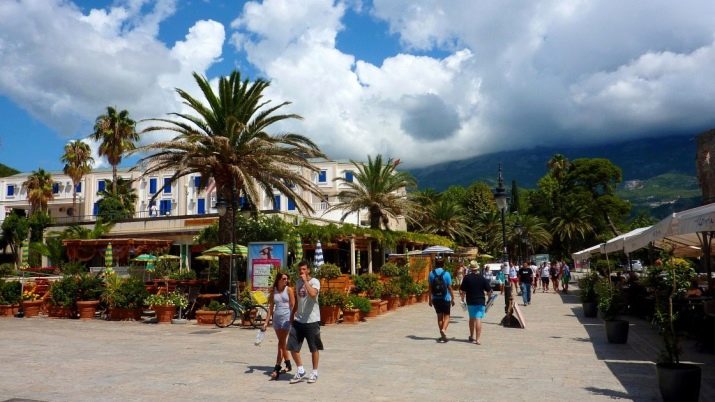
In July and August, the maximum mark on the thermometer can reach 40 ° C, and the highest recorded temperature was 45.8 ° C. The average sea water temperature is 27.1 ° C.
In summer, the city gets very hot, but nevertheless, the convenient location and the presence of a sufficient number of roads make it possible for tourists to go on an exciting hike to the mountains, where it is much cooler.
The Mediterranean climate in the winter season in Podgorica is mild and cool with little rainfall. The coldest time of the year is January, when the average temperature drops to at least -6°WITH. Frosts are possible during the winter season, but they are never long.
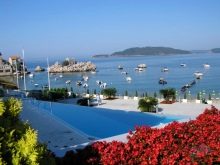
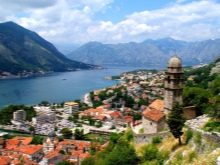
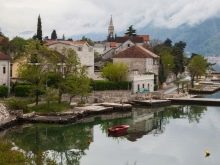
What to see?
The sights and beaches attract tourists to Podgorica from spring to late autumn. In addition, dental tourism is developed here, and many also come for shopping. Indeed, dentistry in the country is at a high level, and the cost of services is quite reasonable, so this service is popular. As for shopping, then before the start of the new holiday season, shops start selling out old Italian collections at low prices, on which you can significantly save.

For those who travel to Montenegro to enjoy the warm sea and sun, it is worth learning more about the beaches. There are both open areas and closed paid and even remote areas hidden from the eyes with a special charm.
There is no beach in the city itself, but the famous Budva Riviera. However, it is best to choose a holiday destination beach in Sutomoreas this settlement is closer, and buses run to it regularly.
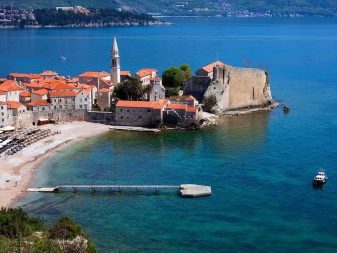
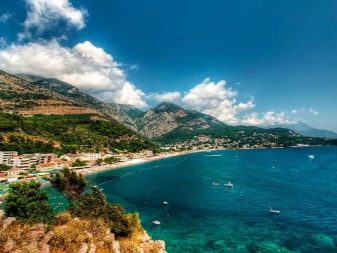
Montenegrin “old towns” are usually very scenic places to visit. In Podgorica, however, there are few attractions in the Old Town and they are located far from each other. Air raids during the war destroyed almost all the structures of the Ottoman Empire, including fortresses, city walls, minarets and houses that the Turks built in 1484-1878.
All that's left - ruins of the Ribnica fortressbuilt by the Turks between 1474 and 1478. The object is located at the mouth of the Ribnitsa and Moraca rivers. There are several small paths to explore the area, sit next to the river and enjoy a picnic.
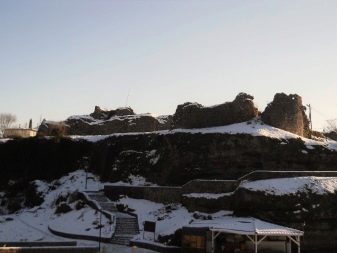

Near the fortress there is Ribnica bridge, the construction of some parts of which date back to the Roman era. In addition, the Old Town has Clock tower, built in 1667.
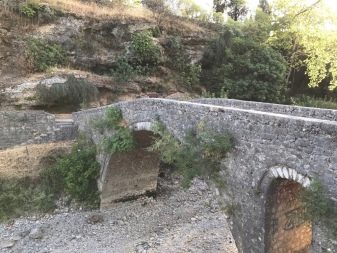
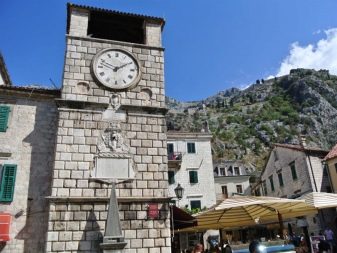
Runs across the river New town. Much of the architecture here still creates an iron curtain atmosphere. Republic Square and the nearby pedestrian streets - Sloboda and Njegosheva - have a more modern European aesthetic. The new city is home to the City Hall and the National Theater. Must see here Orthodox Cathedral of Podgorica, where frescoes, mosaics and other features of the interior decoration cannot but amaze.
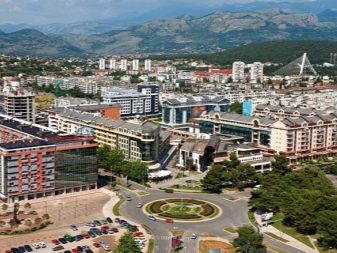

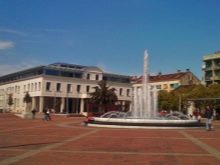

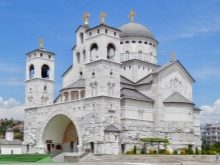
As a local landmark of modern times, the city stands Moskovsky Bridge is a new pedestrian bridge located parallel to the Millennium Bridge. It passes through one of the most beautiful parts of the Moraca River.
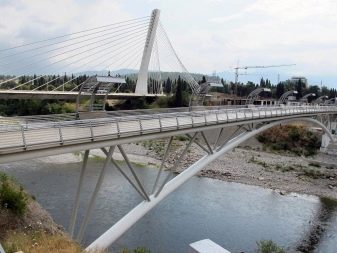
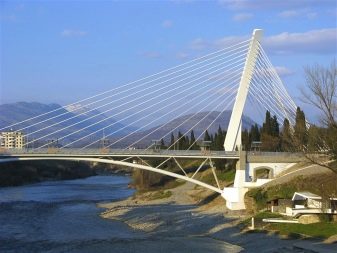
A few minutes drive from Podgorica are waterfalls located on the Chizhevna River. There is a lovely restaurant and a small park for relaxation. It serves classic meat and fish dishes of Montenegro, offers open playgrounds with rabbits to pet. You will need to walk a little to see the waterfalls.
It is worth knowing that at the height of summer and early autumn the river becomes shallower, so you may not see the waterfalls.
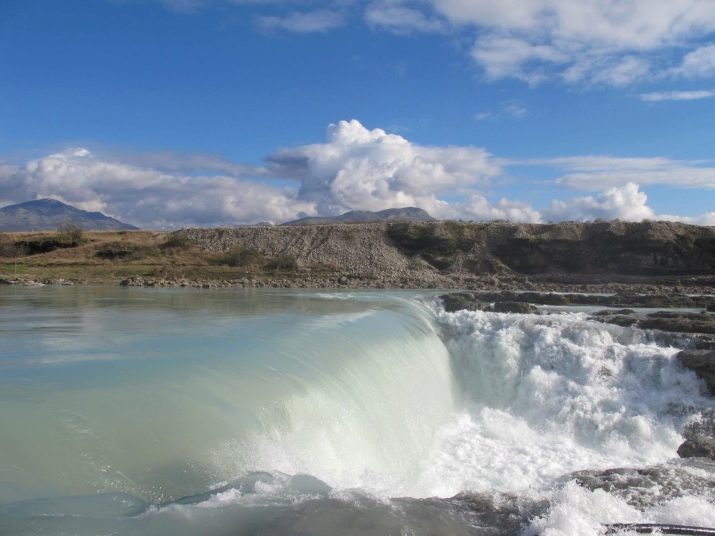
More than a children's zoo - an animal sanctuary. This is an open space for people and animals, where deer, piglets, camels and other animals graze. They offer to feed piglets from a bottle, treat camels with carrots and chat with an emu. There are also peacocks, geese, pigeons, rabbits, horses, dogs, turtles and other animals that need help.

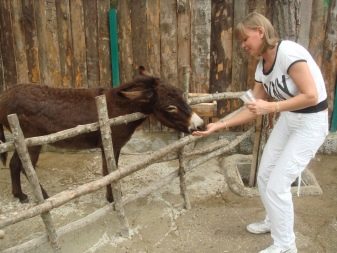
Suitable for history buffs Doklea, or Duklia - a ruined Roman city that was listed as a UNESCO World Heritage Site. These ruins are located just 5 km from the city of Podgorica. Archaeologists took the artifacts found from here, and now they are exhibited in the Podgorica Museum, but the stone ruins are still available for inspection.
There is an opportunity to walk around the square and imagine life here 2000 years ago. Interestingly, scientists have found about 300 tombs here dating from the 1st century.
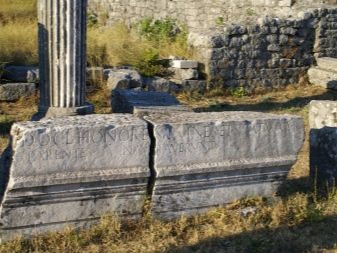

What to try?
Guests of Podgorica can look forward to marvelous local cuisine, in which the chefs have managed to reflect a rich cultural and culinary history, with Russian and Italian influences. The following restaurants can be found on the list of the best establishments in the city.
- "Dali". Ideally located in the very center of Podgorica. This is a stylish and modern restaurant that is packed almost every night. The interior of the establishment is a luxurious extravaganza of purple velvet chairs, ruby silk curtains and soft leather sofas. Another part is dominated by a modern, minimalist design. It serves a variety of Italian and Oriental cuisine, with salads, pasta, risotto and locally sourced seafood. Specializing in wine, the establishment offers a wide range of local and international vintage drinks, including a range of Montenegrin wines from the Plantaze vineyard, one of the country's most reputable wineries.
The staff is well trained and can advise on the best drink to pair with the selected dish.

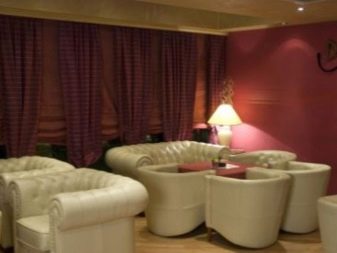
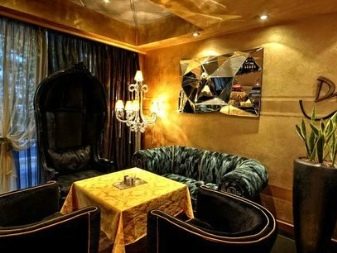
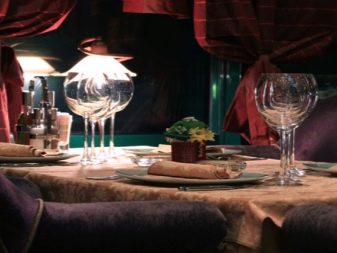
- Per Semper. Specializing in authentic Italian cuisine. It is an elegant and certainly prestigious place with a grand piano in the hall and works of art in the Renaissance style. Will delight the room with a wooden interior, a collection of exquisite wines. Guests can choose from all the classics of Italian cuisine such as spaghetti carbonara, as well as some homemade recipes.
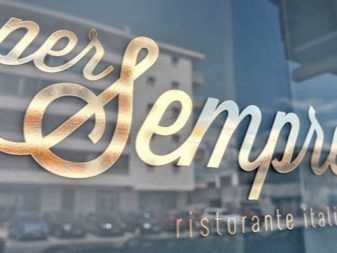

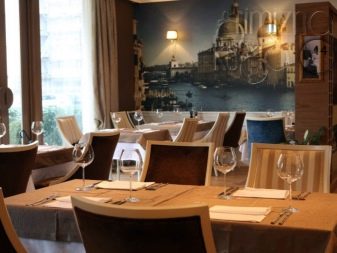

- Pod Volat. The place is known for its grilled meats and delicious goulash specialties. Pod Volat offers a predominantly meat menu of veal, lamb and goat cooked over hot coals. The modest restaurant focuses on serving Montenegrin cuisine with an extensive selection of wines, beers and traditional drinks.
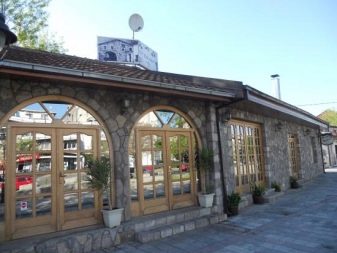

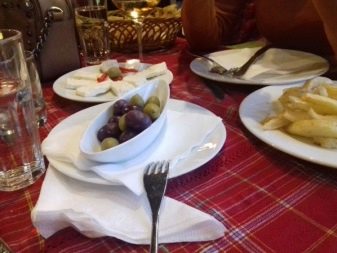

- "Nostalgia"... This establishment is a tribute to Montenegro's past and exciting cultural heritage. The traditional Yugoslavian restaurant offers home cooking according to recipes handed down from generation to generation. Chefs focus on using the minimum ingredients and maximizing the flavor. The place serves juicy steaks, buttery puree, airy rice dishes and rich vegetable soups.
The traditional wood interiors and patterned wallpaper give the feel of a homely living room where guests are treated to a hearty meal.
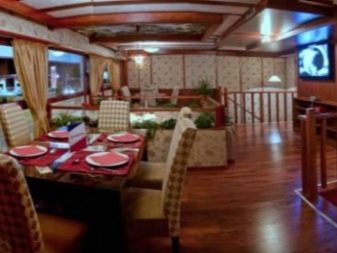
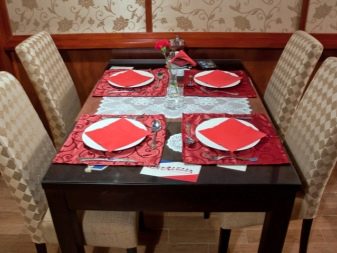
- Kalabrija... This charming Italian restaurant is a tiny gem in the northeastern part of the city center, where guests can indulge in a unique atmosphere and enjoy delicious pizza. Exuding the atmosphere of a cozy tavern tucked away in the Italian countryside, the interior is an amalgamation of whimsical curtains and tablecloths, antique furniture and exposed brick walls. A unique atmosphere of home comfort reigns here.
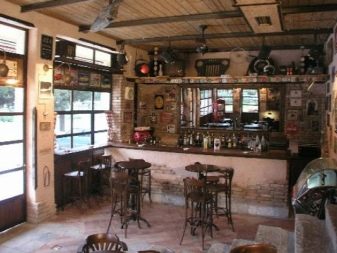
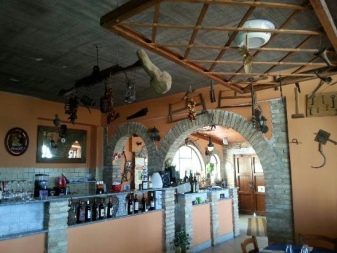
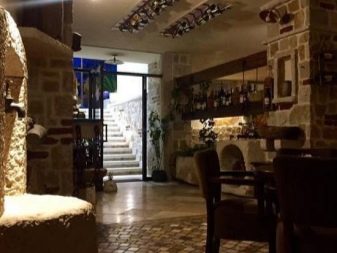
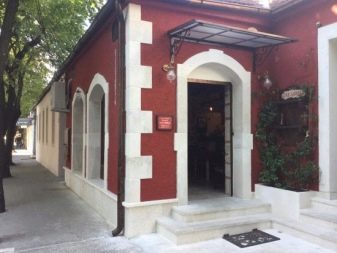
- Maša. An elegant and modern fish restaurant, it is also a one-stop shop for those looking to sample fresh, high quality seafood in Podgorica. Large and spacious, with high ceilings and a glass façade overlooking the busy streets of the city, the restaurant has its own urban charm. For breakfast, guests can enjoy croissants and homemade cakes.
Local chefs can please everyone with delicious meat and vegetarian options.

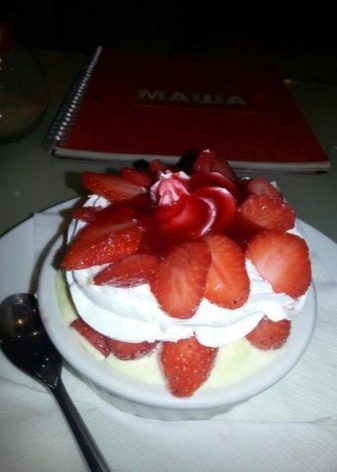
How to get there?
Podgorica has its own airport and airfield. All these objects are not difficult to find on the map, which is very convenient. However, for those who are not going to stay here for a long time and would like to move to a quieter area, there is a bus station.
The distance from the airport to Podgorica is only 1 km, to Kotor - 86 km. A little closer is Budva - 64 km, and the farthest from the city to Herceg Novi, since you have to drive 108 km. The easiest way to get from Budva to Podgorica is by bus. There are more than 100 routes here, transport does not run only at night - from 00-30 to 3-30.
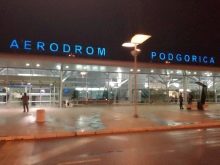
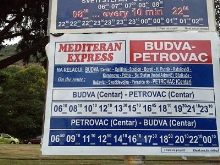
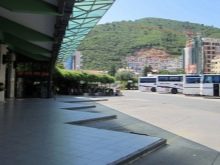
Urban and intercity transport work constantly, the infrastructure is well developed, so tourists do not have any problems. The only thing worth really paying attention to is the flight schedule, which changes from season to season.
In addition to public transport, there is a taxi service, but private traders take quite a lot from the station, so it is worth ordering a car in advance.

Where to stay?
There are many hotels in Podgorica, there are cheap hostels and expensive 4-star establishments with quality service.
You can easily rent a room in the private sector, most often such housing is cheaper.
Among the hotels that are especially popular, you can consider several at once.
- Hotel Hilton podgorica is located in the city center, where government offices are located, making it ideal for those who come here for work. It used to be an old hotel in the upper part of the city, but recently it was completely renovated and now it is a luxury property of the 5-star Hilton brand.It offers an indoor pool, wellness center, parking and even pet-friendly.
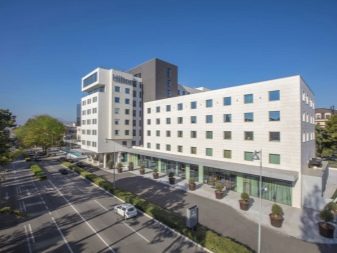
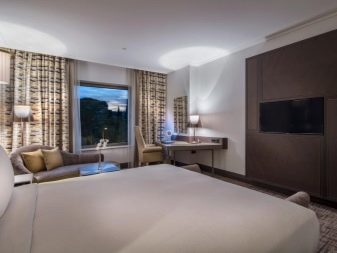
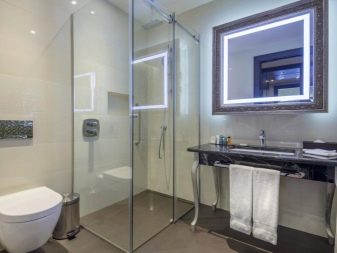
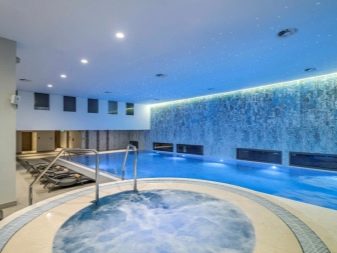
- If you like 5-star hotels, you should definitely stay at Ziya, which is hidden in a quiet street in the center of Podgorica. The hotel is close to the Doña Gorica Forest Park and a short walk from the city center. It has an outdoor terrace and a wellness center.
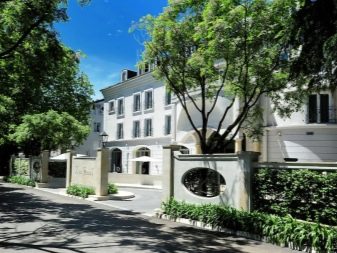
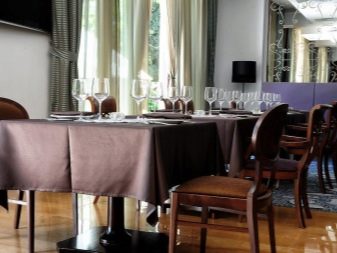
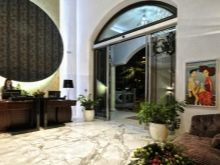

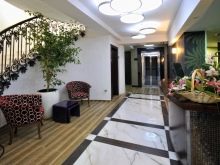
- Aria located close to the city center (7 km), this is an ideal family-run hotel. There is a playroom and a swimming pool.
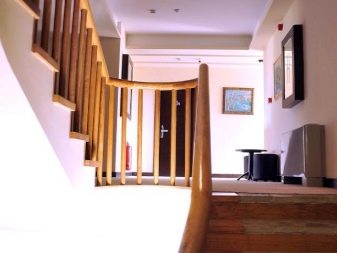
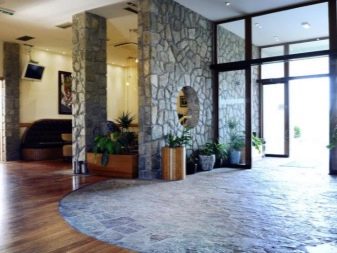
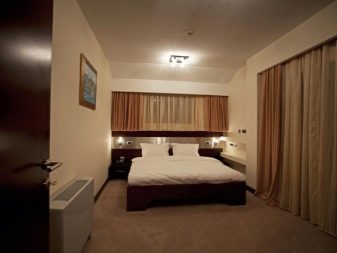
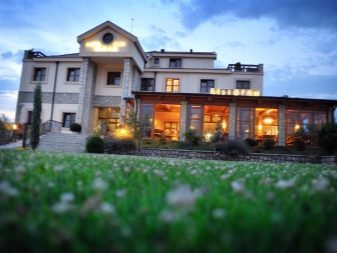
- Comfortable and modern hotel Aurel located on the outskirts of the city, at the exit from Podgorica, namely on the main road from the coast that leads north. It also offers free airport transfers.
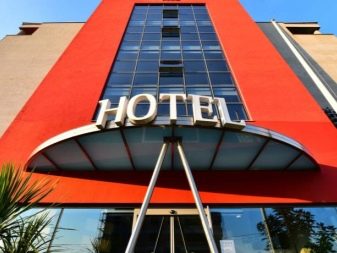

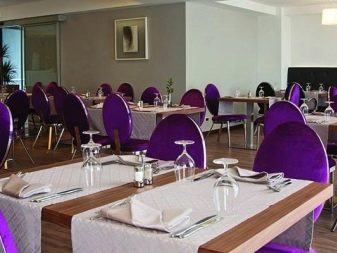
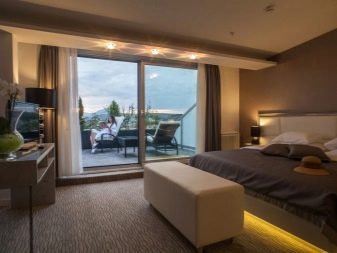
- Hotel Podgorica stands right on the banks of the Moraca River. From here, guests find themselves in the city park, the Old Town and new quarters.
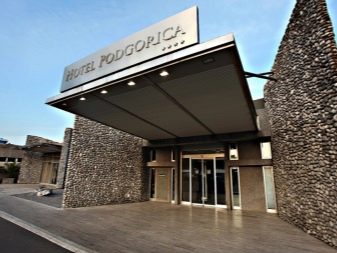
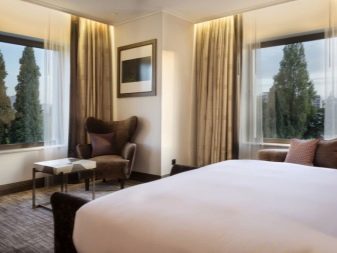
- Ramada Hotel Is a modern building located in a busy part of the city. Inside there is a wellness center and gym.
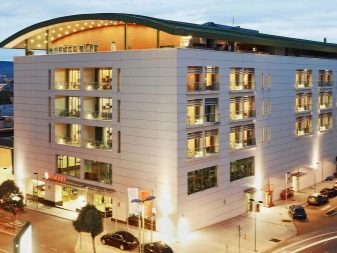
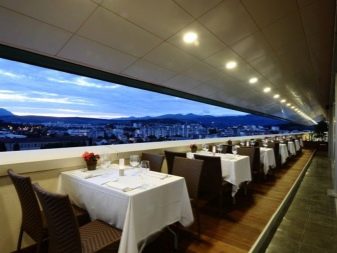
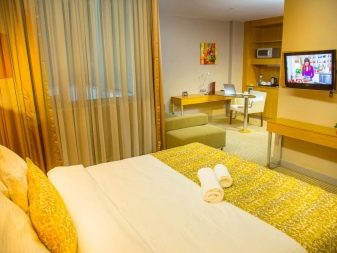
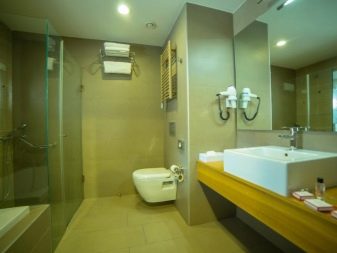
In the next video you can observe life and sights in Podgorica.








